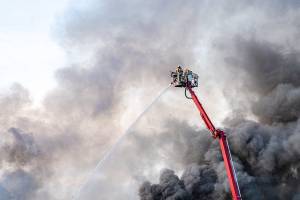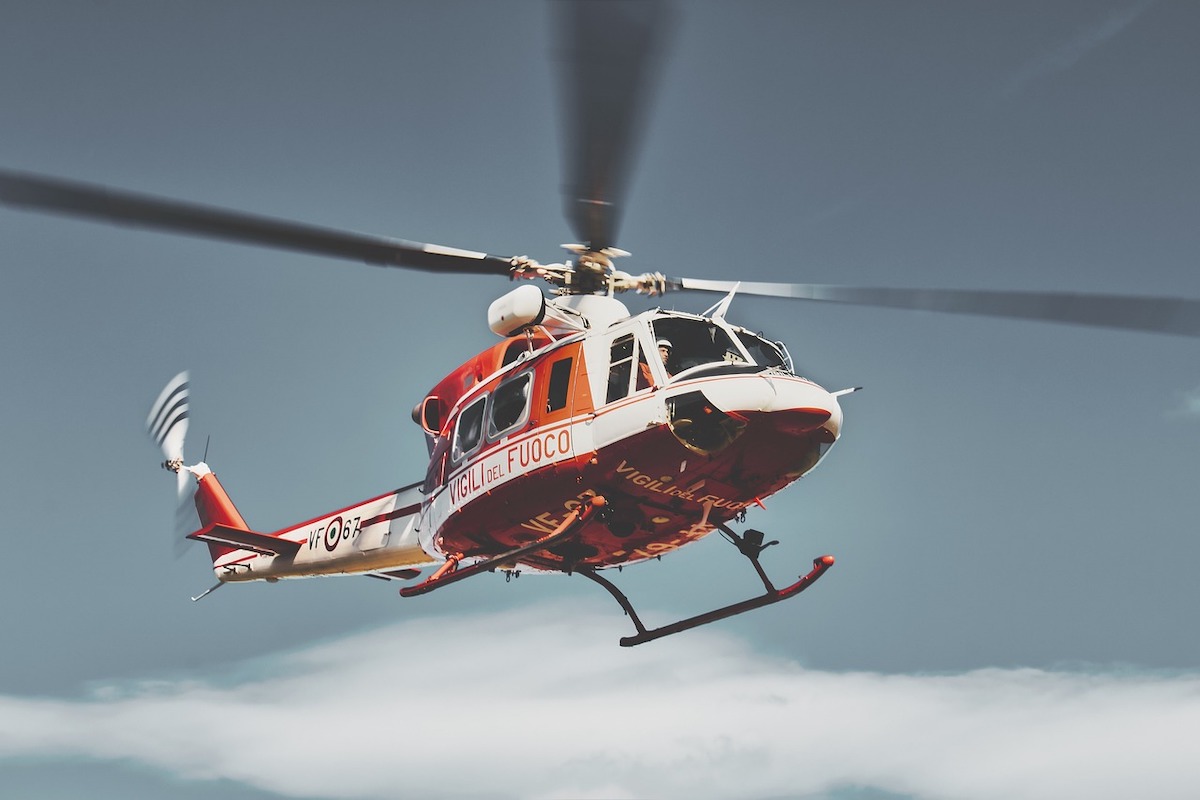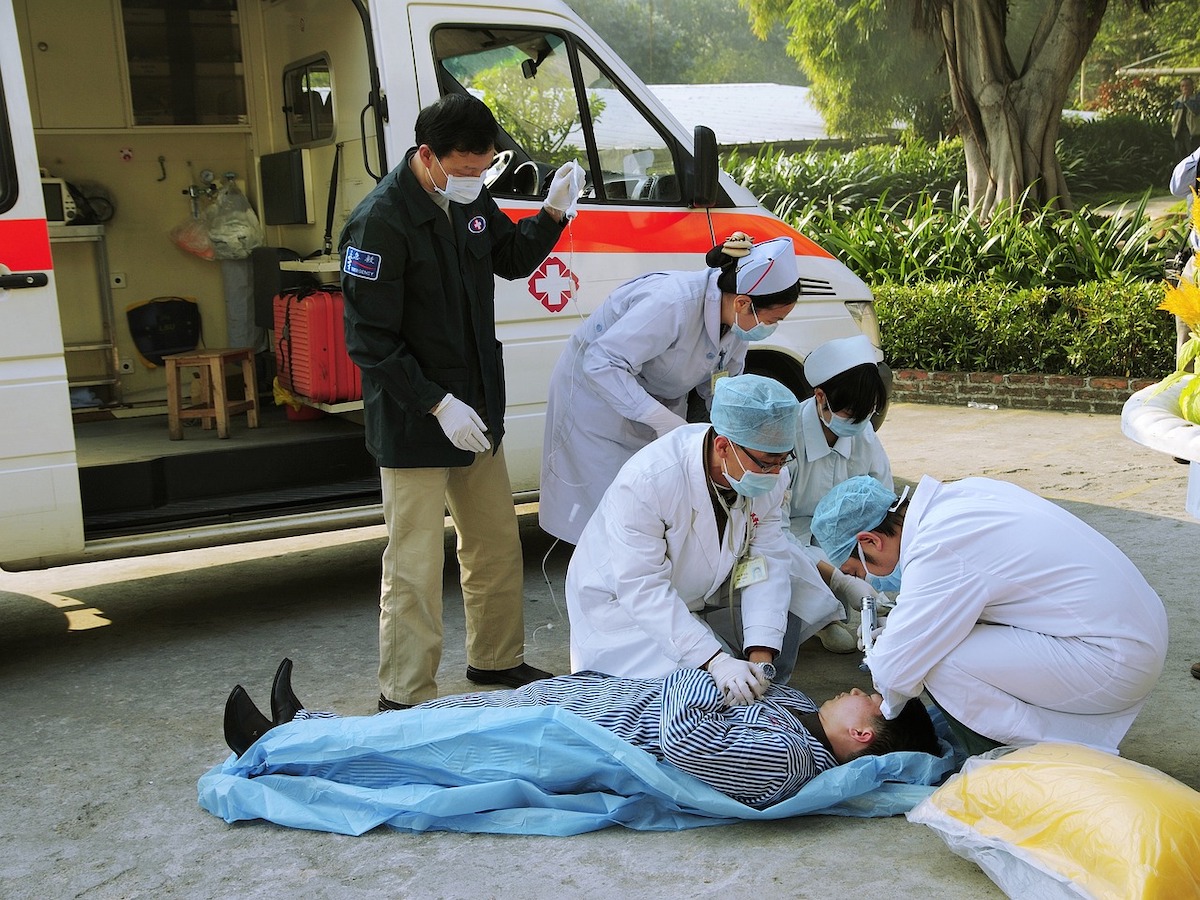What Kind Of Response Yields Good Results In An Emergency Scenario

In the face of an emergency, every second counts. It's a critical moment that demands swift action, clear thinking, and the ability to adapt to rapidly changing circumstances. When chaos ensues and lives hang in the balance, the response we provide becomes the defining factor between success and catastrophe. But what kind of response yields the most favorable outcomes in these high-stakes situations?
Join me as we explore the key elements of a response that can deliver good results in an emergency scenario. From calm decisiveness to effective communication and strategic coordination, we'll unravel the secrets behind a response that saves lives and emerges triumphant. Are you ready to uncover the art of responding when it matters most? Let's dive in!
What are Emergency Scenarios
Emergency scenarios refer to unexpected and critical situations that pose a threat to the safety, well-being, or normal functioning of individuals, communities, or organizations. These scenarios can encompass a wide range of events, including natural disasters (such as earthquakes, hurricanes, or floods), medical emergencies, fires, accidents, terrorist attacks, civil unrest, and more.
Emergency scenarios often require immediate action and response to mitigate the potential harm or damage caused by the situation. They can occur at various scales, from individual emergencies, such as a medical crisis or a car accident, to larger-scale incidents that affect entire communities or even regions.
The nature and severity of emergency scenarios can vary greatly, and their impact can be both immediate and long-term. They can result in injuries, loss of life, property damage, disruption of essential services, and psychological trauma.
Effective and efficient response to emergency scenarios is crucial for minimizing the negative consequences and facilitating recovery. For instance, a community outreach initiative could play a vital role in emergency scenarios by educating residents on disaster preparedness, providing essential resources, and facilitating effective communication channels. Proper training, communication protocols, and coordination among various stakeholders play a vital role in ensuring a successful response and mitigating the impact of these unforeseen events.

What Kind Of Response Yields Good Results In An Emergency Scenario
In an emergency scenario, a response that yields good results is characterized by promptness, efficiency, and effective communication. Below are responses that yield good results in emergency scenarios:
Promptly Contacting Emergency Services
Promptly contacting emergency services is a crucial initial step in any emergency scenario. By swiftly dialing the appropriate emergency number, such as 911, individuals can quickly alert trained professionals who are equipped to handle the situation. This prompt action ensures that help is on its way, allowing responders to arrive at the scene as soon as possible.
It is vital to provide accurate and detailed information to the emergency services dispatcher, including the nature of the emergency, the location, and any pertinent details about the situation. Effective communication in this stage sets the foundation for a coordinated and timely response, maximizing the chances of a successful outcome.
Assess the Safety of Individuals Involved
Assessing the safety of individuals involved is a critical step in an emergency scenario. It requires a thorough evaluation of the immediate environment to identify potential hazards and risks. Trained responders or individuals with first aid knowledge should quickly assess the condition of those affected and provide immediate medical assistance if required. Evacuation plans should be implemented to move people to safer areas, away from potential dangers.
This assessment involves prioritizing individuals based on the severity of their injuries or vulnerability, ensuring that those in urgent need receive immediate attention. By promptly and accurately assessing the safety of everyone involved, responders can prioritize and allocate resources effectively, enhancing the chances of a positive outcome.
Evacuate Affected Areas
Evacuating affected areas is a crucial response in emergency scenarios to ensure the safety and well-being of individuals. This process involves quickly and systematically moving people out of harm's way and directing them to designated safe zones or evacuation points. Clear and concise instructions should be provided to guide individuals during the evacuation, promoting orderly movement and preventing panic.
It is essential to consider the specific needs of vulnerable populations, such as children, the elderly, or individuals with disabilities, and provide appropriate assistance. Coordinated efforts among emergency personnel, community leaders, and volunteers are key to executing successful evacuations, minimizing potential injuries, and creating a secure environment for those affected by the emergency.
Implement Crowd Control Measures
Implementing crowd control measures is essential in emergency scenarios to maintain order, prevent chaos, and ensure the safety of both responders and affected individuals. These measures involve establishing a structured system to manage large crowds and direct their movements effectively. Trained personnel, such as law enforcement or security officers, may be deployed to maintain crowd discipline and enforce safety protocols.
Barricades, signage, and verbal communication can be employed to guide people away from danger or congested areas. By managing the crowd efficiently, responders can create a safer environment for emergency operations, facilitate access for medical personnel, and mitigate the risk of additional injuries or complications arising from overcrowding or panic.
Coordinate With Relevant Authorities
Coordinating with relevant authorities is crucial in emergency scenarios to ensure a cohesive and effective response. This coordination involves establishing communication channels and collaborating with local, regional, and national authorities, such as emergency management agencies, law enforcement, and fire departments. Sharing critical information, updates, and situational assessments with these entities allows for a comprehensive understanding of the emergency and facilitates a unified response.
Coordinated efforts enable the pooling of resources, expertise, and specialized capabilities, enhancing the overall response capabilities. Effective coordination with authorities ensures a streamlined approach, avoids duplication of efforts, and optimizes the allocation of resources, ultimately leading to a more efficient and successful emergency response.
Establish Communication Channels
Establishing communication channels is vital in emergency scenarios to facilitate effective information sharing and coordination among responders, authorities, and affected individuals. This involves setting up reliable communication systems, such as emergency hotlines, radio networks, or digital platforms, to ensure seamless and real-time communication. Clear and concise communication is essential for conveying important instructions, updates, and situational awareness to all stakeholders involved.
Additionally, communication channels can serve as a means for affected individuals to seek assistance, report emergencies, or receive guidance during a crisis. By establishing robust communication channels, responders can maintain situational awareness, make informed decisions, and coordinate actions efficiently, thereby maximizing the effectiveness of the overall emergency response.
Implement Emergency Protocols
Implementing emergency protocols is a crucial aspect of an effective emergency response. These protocols are pre-established procedures and guidelines designed to guide responders and individuals involved in handling the specific type of emergency. They provide a structured framework for actions and decisions, ensuring a systematic and organized approach to the situation. Implementing emergency protocols involves training responders to follow established procedures, activating pre-determined response plans, and executing predefined actions in a coordinated manner.
These protocols cover various aspects, such as incident management, resource allocation, communication strategies, and evacuation procedures. By adhering to well-defined protocols, responders can streamline their efforts, minimize confusion, and optimize their response, leading to better outcomes in emergency scenarios.
Mobilize and Deploy Emergency Response Teams
Mobilizing and deploying emergency response teams is a critical step in emergency scenarios to ensure a rapid and effective response. This process involves activating and dispatching trained personnel, including paramedics, firefighters, law enforcement officers, and other specialized teams, to the affected area.
Mobilization includes alerting and assembling the appropriate teams, ensuring they have the necessary equipment and resources, and deploying them strategically based on the nature of the emergency. Coordinated communication and logistics are essential in mobilizing response teams promptly and efficiently. By mobilizing and deploying response teams swiftly, the emergency can be addressed promptly, and life-saving interventions can be initiated in a timely manner.
Conduct Thorough Risk Assessments
Conducting thorough risk assessments is a crucial component of effective emergency response. This process involves carefully evaluating the potential hazards, vulnerabilities, and risks associated with the emergency situation. Trained responders and experts analyze factors such as the nature of the emergency, the affected area, population density, infrastructure, and environmental conditions. By conducting these assessments, responders can identify and prioritize the most critical risks, develop appropriate mitigation strategies, and allocate resources accordingly.
Thorough risk assessments also aid in understanding potential consequences and planning for contingencies, ensuring a more proactive and prepared response. By having a comprehensive understanding of the risks involved, responders can make informed decisions and implement effective measures to mitigate them.
Providing Clear Instructions and Guidance
Providing clear instructions and guidance is essential in emergency scenarios to ensure the safety and well-being of individuals involved. Clear and concise communication is crucial to convey important information, such as evacuation procedures, safety measures, and actions to be taken. Instructions should be communicated using simple language and visual aids whenever possible to ensure comprehension, especially in high-stress situations.
Guidance should be provided on how to respond to specific hazards or threats, including first aid techniques or protective measures. By providing clear instructions and guidance, responders can empower individuals to make informed decisions and take appropriate actions, minimizing risks and maximizing their chances of survival and safety.
Prioritize the Most Critical Needs
Prioritizing the most critical needs is a key aspect of effective emergency response. In chaotic situations, it is essential to identify and address the most urgent and life-threatening needs first. This involves assessing the severity of injuries, identifying individuals in immediate danger, and swiftly providing medical assistance or rescue efforts accordingly.
Additionally, prioritizing critical needs includes allocating limited resources, such as medical supplies, equipment, and personnel, to areas or individuals with the highest level of urgency. By prioritizing the most critical needs, responders can optimize their response efforts, save lives, and mitigate further harm in the face of limited resources and time constraints.
Collaborate with Neighboring Communities and Organizations
Collaborating with neighboring communities and organizations is crucial in emergency scenarios to enhance the overall response and maximize available resources. This collaboration involves establishing effective communication and coordination channels with neighboring jurisdictions, community groups, non-profit organizations, and relevant stakeholders. By working together, resources, expertise, and personnel can be shared, enabling a more comprehensive and coordinated approach to the emergency.
Collaboration allows for the pooling of knowledge, experience, and specialized capabilities, fostering a unified and efficient response. It also helps in addressing the needs of a larger affected population and facilitates the exchange of best practices and lessons learned, ultimately leading to better outcomes in emergency situations.
Implement Effective Incident Management Systems
Implementing effective incident management systems is crucial in emergency scenarios to ensure efficient coordination and response. These systems provide a structured framework for managing the incident from its onset until its resolution. Key components include establishing a command center, designating incident commanders, and implementing a clear chain of command. Incident management systems also involve establishing communication protocols, setting up incident documentation and reporting procedures, and implementing resource tracking and allocation mechanisms.
By utilizing such systems, responders can enhance situational awareness, streamline decision-making processes, and facilitate effective coordination among multiple agencies and teams involved in the response effort, resulting in a more organized and effective emergency response.
Conduct Regular Briefings and Debriefings
Conducting regular briefings and debriefings is a crucial practice in emergency scenarios to promote learning, communication, and improvement. Briefings provide a platform for sharing critical information, updates, and assigning roles and responsibilities to responders. They ensure that everyone involved is informed and aligned with the overall response strategy.
Debriefings, on the other hand, are conducted after the emergency to evaluate the response, identify strengths and areas for improvement, and capture lessons learned. They facilitate open discussions, feedback sharing, and the implementation of corrective actions. By conducting regular briefings and debriefings, responders can enhance communication, adapt strategies, and continuously improve their emergency response capabilities.
Maintain Constant Vigilance and Preparedness
Maintaining constant vigilance and preparedness is paramount in emergency scenarios to ensure a proactive and effective response. This entails staying alert, monitoring the situation, and being prepared for potential emergencies at all times. Responders should continuously assess potential risks, update response plans, and conduct regular training and drills to maintain readiness. By staying vigilant, responders can detect warning signs, anticipate challenges, and respond promptly when an emergency arises.
Additionally, ongoing preparedness efforts, such as maintaining equipment, reviewing protocols, and fostering a culture of preparedness, contribute to a swift and efficient response. Continuous vigilance and preparedness are vital for mitigating risks, minimizing harm, and safeguarding lives and property during emergencies.

A successful emergency response requires a combination of promptness, effective communication, coordination, and adaptability. From promptly contacting emergency services to maintaining constant vigilance and preparedness, each response plays a vital role in achieving positive outcomes. Clear instructions, collaboration with relevant authorities, and conducting thorough risk assessments contribute to a well-coordinated and efficient response.
By prioritizing critical needs, implementing incident management systems, and learning from regular briefings and debriefings, responders can enhance their capabilities and improve future emergency responses.



